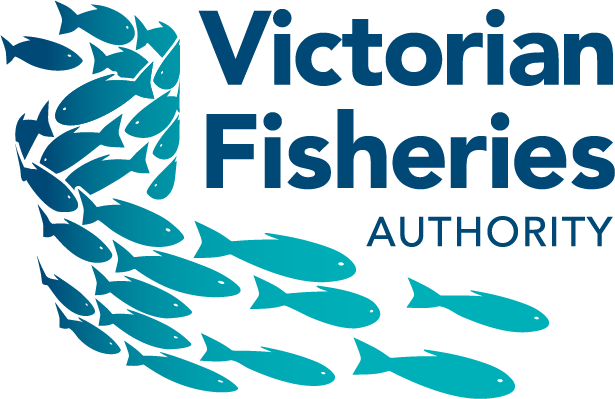How to catch bream
The Gippsland Lakes are a haven for black bream, boasting a substantial population, with claims of the biggest fish in the state! Many fishing competitions that centre around bream are held in the Gippsland Lakes each year. They are an important recreational catch, and a mainstay of the lakes. Yellowfin bream are also on the cards, particularly the further east you go in the system.
Bream are opportunistic feeders, capable of switching between tiny molluscs and barnacles on a pier, burrowing for sandworms and crabs, and aggressively chasing small baitfish. Although not particularly finicky, they are cautious and can become wary of anything that seems unnatural, particularly when they sense angling pressure. This is especially true for larger fish, which tend to hang back while smaller ones rush in. Anglers who can present baits or lures that mimic natural prey on light rods and leaders will always outperform those who adopt a heavy-handed approach.
Bream populations move significantly through the year within the lakes system, particularly during spawning when fish school up in vast numbers in search of favourable salinities. Apart from that, the fish will spread out across the lakes and feeder rivers, providing great sport in various scenarios, including shallow flats and snaggy edges, deep gutters and drop-offs. They can be found alongside jetties, boat ramps, rock walls, pontoons, oyster racks, and areas with overhanging trees.
Bait fishers can catch bream with a wide range of baits. Commonly used offerings include sandworm, prawn, shrimp, crab, small fish pieces, and bass yabbies. Even non-natural baits such as raw chicken pieces work well. Once anchored up, cast out baits and use light berley to attract fish. Keep leaders and sinkers as light as possible, and ensure the hook size is a good match for the bait to aid in a natural presentation.
Lure fishing for bream has grown substantially in recent years. Catching them on lures is one of the most accessible and addictive forms of sportfishing available. Since bream are smart and tend to study lures before committing, catching one on a lure is an achievement in itself. A well-executed cast with the right lure can sometimes result in an early strike, but if anything is amiss, the fish will almost certainly spook and become difficult to catch. Often, lure fishing takes place in estuary shallows, along edges, and even drop-offs, with lures that sink fast, such as soft plastics or vibes. Small hardbody bibbed lures, plastics, and even surface lures are great for targeting bream, especially during overcast days or when there is chop on the water, as they tend to bite more freely near edges. Finesse is crucial when it comes to bream lure fishing so ensure plenty of pauses in your retrieve.
For bait fishers, a light outfit is better than a heavy one. A 6.5 to 7.5-foot composite rod with a soft tip to detect bites, a 2500 sized spin reel, 6-pound braid, and a 6-pound leader are perfect. Use a running sinker rig and a #6 long shank hook with the lightest possible sinker.
The delivery system for small, petite lures is critical when executing finesse presentations and fooling bream. Lure fishers can be incredibly particular about which outfits they choose with certain lures, but a fast tapered, firm-tipped graphite rod measuring 6.5 to 7 feet in length, capable of responsive twitches, paired with a 1000 or 2500 sized reel, is an excellent starting point. Using 4-6-pound braid, with the lightest option being the better choice, and a rod-length of fluorocarbon leader of the same breaking strain.

